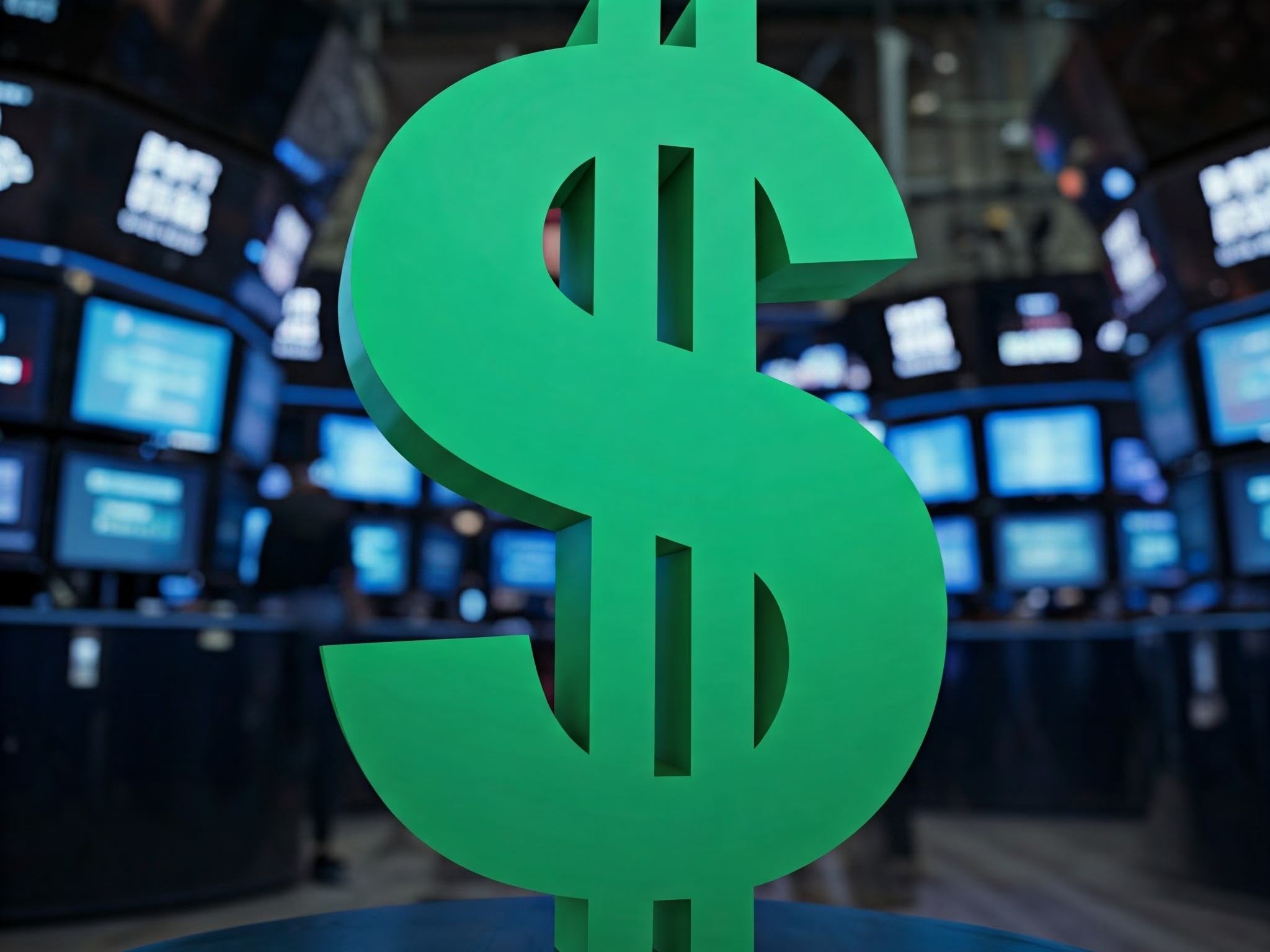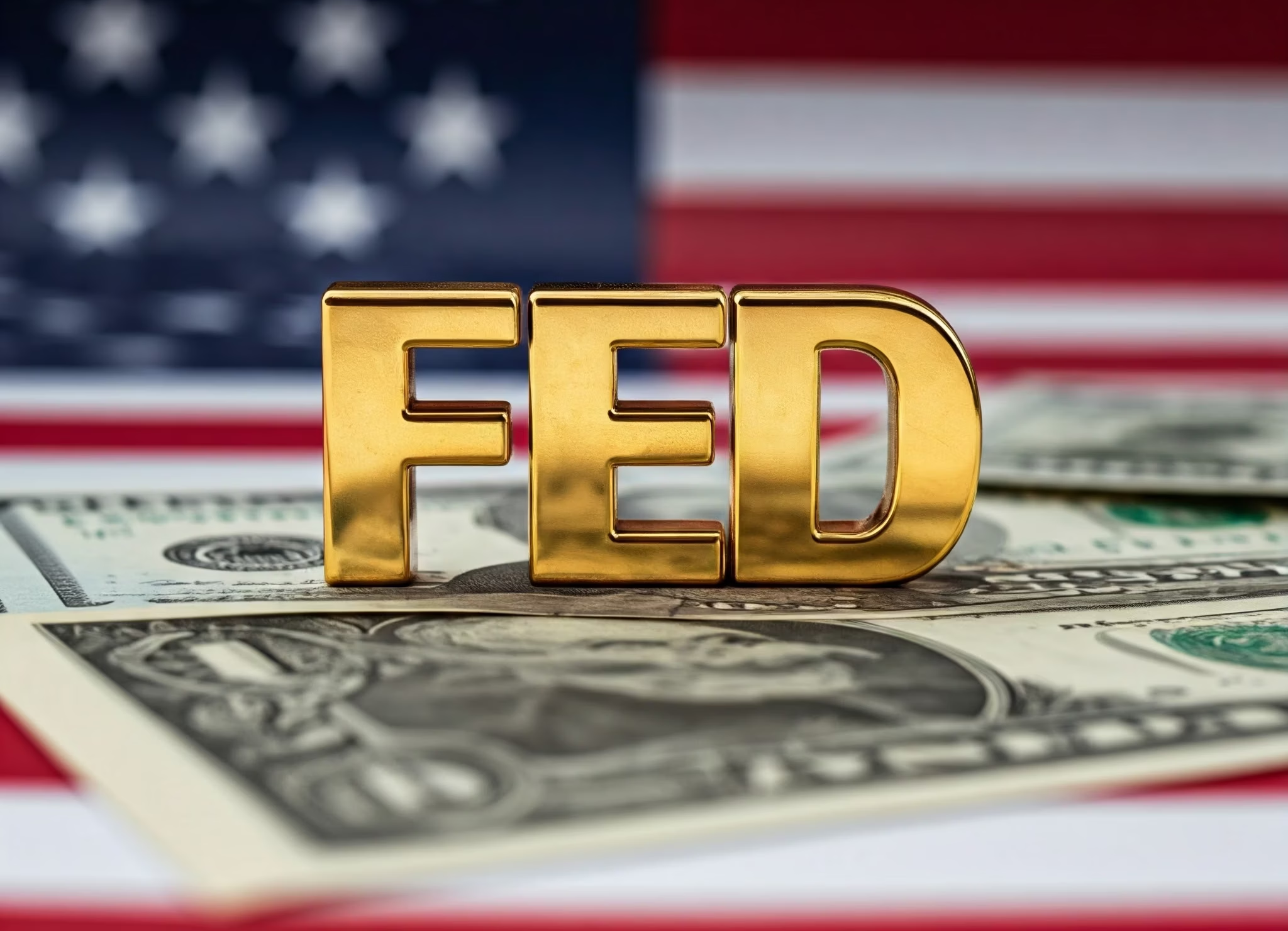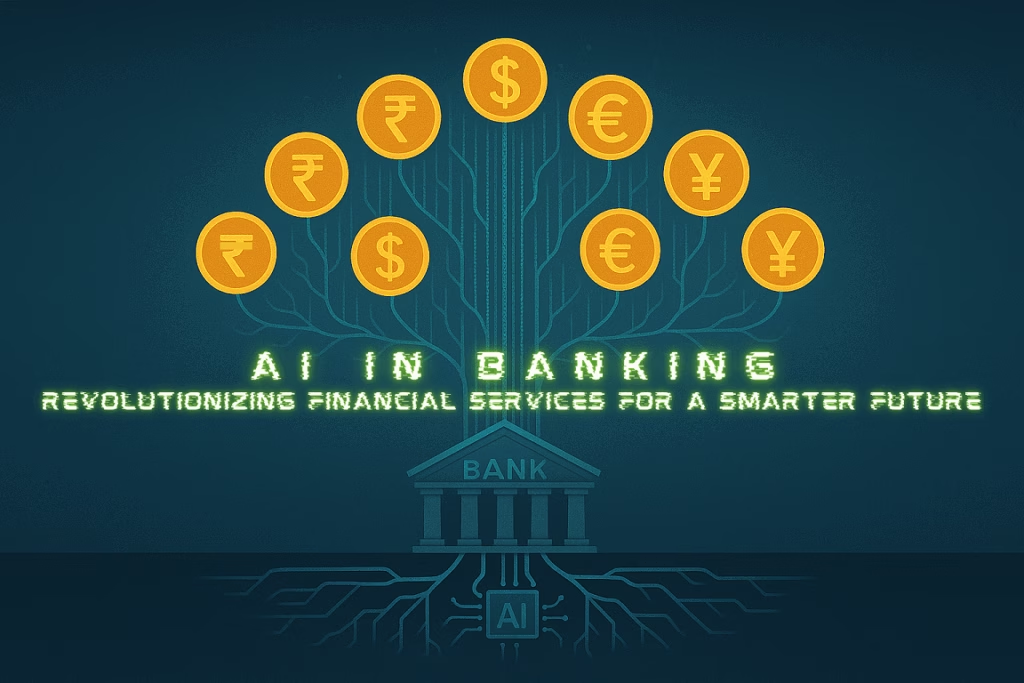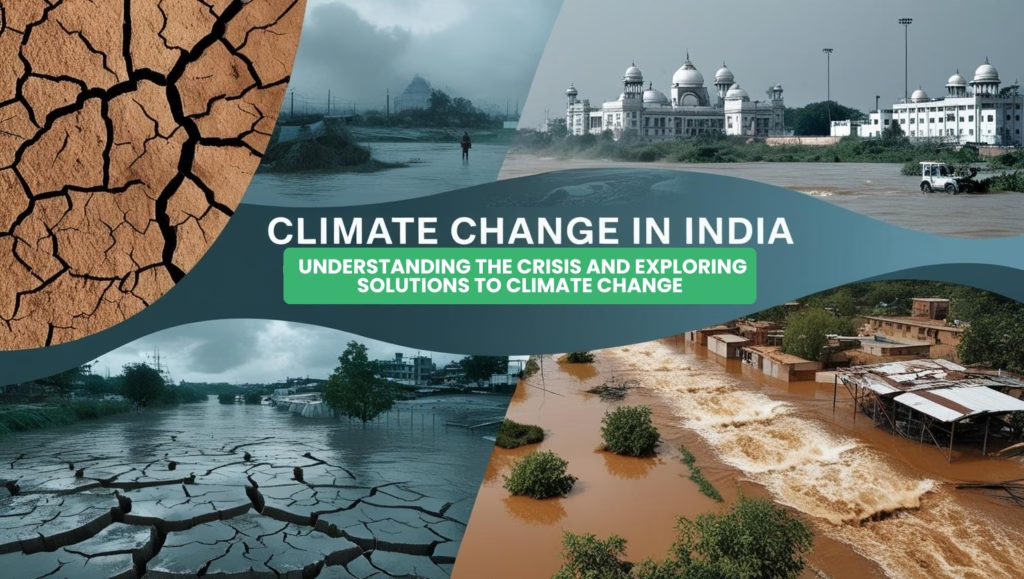Introduction:
When your loan or credit card interest rate drops, have you ever wondered if it resulted from a big decision by the US central bank i.e. the Federal Reserve? Every time the Federal Reserve changes its interest rates it directly affects our economy and even our daily spending and savings.
In this article, we will discuss some important points, such as the reasons behind the recent Fed interest rate decrease, the implications not only for big business but also for people’s daily lives, and what the Fed’s decision may affect in the future.
Table of Contents
What is the Federal Interest Rate?
The Federal Reserve interest rate, also known as the federal funds rate, is a rate at which a bank lends money to another bank. The interest rate of the Federal Reserve greatly affects the country’s economy because it is the basis when banks give loans to ordinary people like us. When the Federal Reserve changes rates, our loan, mortgage, and interest rates also change.
If there is a Fed interest rate decrease, it becomes cheaper for general people like us to borrow, which increases spending and stimulates the economy. In addition to our economy, it affects large corporations and even the stock market of the entire world.
Why There is the Fed Interest Rate Decrease?
The reasons behind the fed interest rate decrease are as follows:
To Tackle Economic Slowdown:
When the economy is in recession or the economy is headed for recession, there is the Fed interest rate decrease so that borrowing is cheaper and people and companies spend more money. It revives the economy along with increasing demand in the market.
To Avoid Recession:
Sometimes, the Fed also lowers rates to avoid a recession. When the economy is in recession, companies and the general public spend less and invest less. If the Fed cuts rates, it becomes less expensive for people and companies to borrow money, so they start spending more, stabilizing the economy.
To Manage Inflation:
The main goal of the Fed is to balance inflation. If inflation slows in the economy, the Fed can cut rates and boost consumption and demand. There is a delicate balance between inflation and the Fed rate. When the Fed rate drops too much, inflation may rise in the future.
How Does the Fed Decide to Change Rates:
The Fed rate is determined by some important economic indicators of the Fed. The state of the economy and future prospects depend on these indicators. Some key indicators are as follows:
Unemployment Rate:
When unemployment in the country rises, the Fed can lower interest rates, which makes borrowing cheaper so that the companies and industries can work on their expansion plans. The Fed thinks that the economy needs a boost so that companies and businesses can hire more people.
GDP Growth:
GDP (Gross Domestic Product) is one of the main indicators of economic growth. If GDP growth slows, then the economy needs a little boost. Then, there is the Fed interest rate decrease so that it is easier for people to borrow, spending and investment increases and GDP growth accelerates.
Inflation Figures:
A rise in inflation is a cause of concern for the Fed because hyperinflation reduces purchasing power and makes goods/services more expensive. The Fed then tries to bring inflation under control by adjusting interest rates.
Global Factors:
Global economic conditions and domestic factors influence the Fed’s decisions. If there is or is likely to be a global crisis or instability, such as a trade war or geopolitical tensions, the Fed can change its interest rates accordingly.

Decision-Making Body: Federal Open Market Committee (FOMC)
The Federal Open Market Committee or FOMC is the Fed’s decision-making body. The FOMC’s job is to evaluate all economic data and trends, to decide whether to cut or raise interest rates. FOMC members meet several times each year and based on their analysis, interest rate decisions are made.
Effect of the Fed Interest Rate Decrease:
The effect of the Fed interest rate decrease can be categorized into three categories:
1. Effect on Consumers:
(a) Impact on Loans and Mortgages:
Lower interest rates make borrowing relatively cheaper. This means all loans, such as home loans, car loans, and student loans, are available at low interest rates. This increases consumer spending and the flow of money into the economy.
(b) Impact on Credit Card Debt:
When the Fed rates go down, credit card interest rates also go down. The advantage is that those with high credit card debt can reduce their monthly interest burden and spend more with that credit card.
(c) Impact on Savings Accounts:
The negative effect is that if you save money in a savings account, you get less interest because banks lower their deposit rates. This is not convenient for savers.
2. Impact on Business:
(a) Opportunities for Expansion:
Due to low interest rates, companies like general companies find financing easier. This provides certain advantages to companies, such as the ability to expand their business, hire new people, and invest in new projects because the cost of debt is low. This can be positive for the growth of the economy.
(b) Effect on Stock Market:
When interest rates fall, investors move money away from safer options and invest in higher-return and higher-risk assets (e.g. stocks, equity mutual funds). This affects the stock market positively and can increase the share price.
3. Impact on Housing Market:
When the interest rate goes down, the home loan rate also goes down. This can be beneficial for buyers as home finance is affordable for them. But, due to increased demand, home prices may also increase in the short term as more people are interested in buying a home.
Long-term Effect of Low Fed Interest Rate:
Keeping Fed interest rates low for a long period has some long-term effects on the economy.
Higher Credit Risk:
When interest rates are low, people and companies borrow more because borrowing is less expensive. But long-term low rates can lead to a build-up of debt that can be risky for the economy in the long run, as high debt levels add to the pressure.
Change in Investment Pattern:
In a low-interest-rate environment, people and investors are not able to earn much from stable income assets (such as bonds, and savings accounts), so they start investing in riskier assets (such as stocks, mutual funds, and real estate). This risky investment can create a bubble in the economy, which may eventually burst.
Fear of Inflation:
When interest rates are low for a long period, more money is pumped into the economy, which can lead to monetary inflation. Due to this, the purchasing power of people decreases, that is, the value of money decreases, and the price of goods increases.
Overheating of Housing Market:
When the Fed lowers interest rates, mortgages become cheaper, thereby attracting the general public to buy homes. This can drive up prices in the housing market, causing affordability problems in the long run. Real estate can create a bubble.
Currency Becomes Weak:
A low-interest rate policy affects the currency negatively. Long periods of low interest rates can weaken currencies in international markets, making imports more expensive and exports more competitive.
Case Study: Fed Interest Rate Decrease During COVID-19 and its Impact:
The US economy was significantly affected after the onset of COVID-19. At the time, the economy was sluggish as lockdowns and restrictions closed businesses and forced people to cut spending. During this time, the Federal Reserve lowered interest rates significantly to support the economy.
In March 2020, the Fed cut interest rates close to zero, the lowest possible level. This was done so that people and businesses could borrow and spend more easily and invest more. On the other hand, this low-interest rate environment also led to rising inflation as demand was increasing but supply was not recovering quickly enough.
Future Outlook: What’s Next?
The Fed’s future decision on interest rates depends largely on some indicators, such as employment data, and inflation conditions. When inflation comes under control, and the economy stabilizes, the Fed starts raising interest rates. However, the Fed has the option of keeping interest rates low overnight if there is a risk of recession and recession.
Keeping interest rates low is beneficial in the short term, but keeping rates low over the long term poses a risk of inflation. Thus, the Fed’s decisions must be understood as a balancing act, in that they must support economic growth and keep inflation under control.
Going forward, it will be interesting to see how the Fed adjusts its policies to keep the economy stable and sustaining growth.
Conclusion:
In this article, we looked at how the Federal Reserve’s interest rate decisions directly affect our economy. When there is Fed lowers interest rates, it is beneficial in the short run—people borrow more, business investment increases, and spending increases. However, if this rate is low for a long time, there is a danger of uncontrolled inflation in the economy.
What happens next will depend entirely on the state of the economy. However, one thing is certain—every decision the Fed makes directly and indirectly affects our financial lives. Although we may not feel it directly, these decisions affect everyone’s life in the long run. So if anyone thinks Fed interest rates are just numbers, these numbers are also very important to the balance of the economy!


